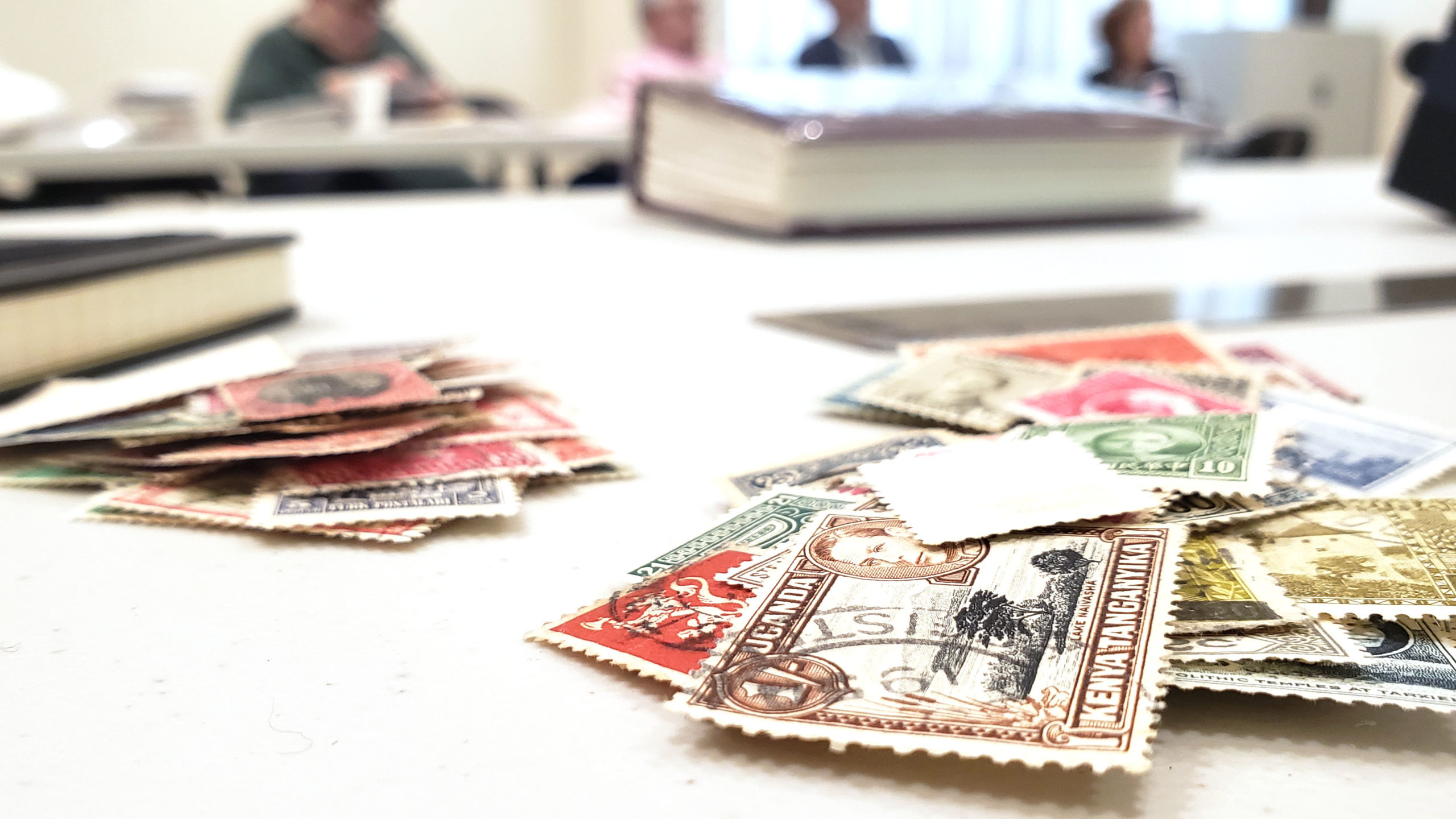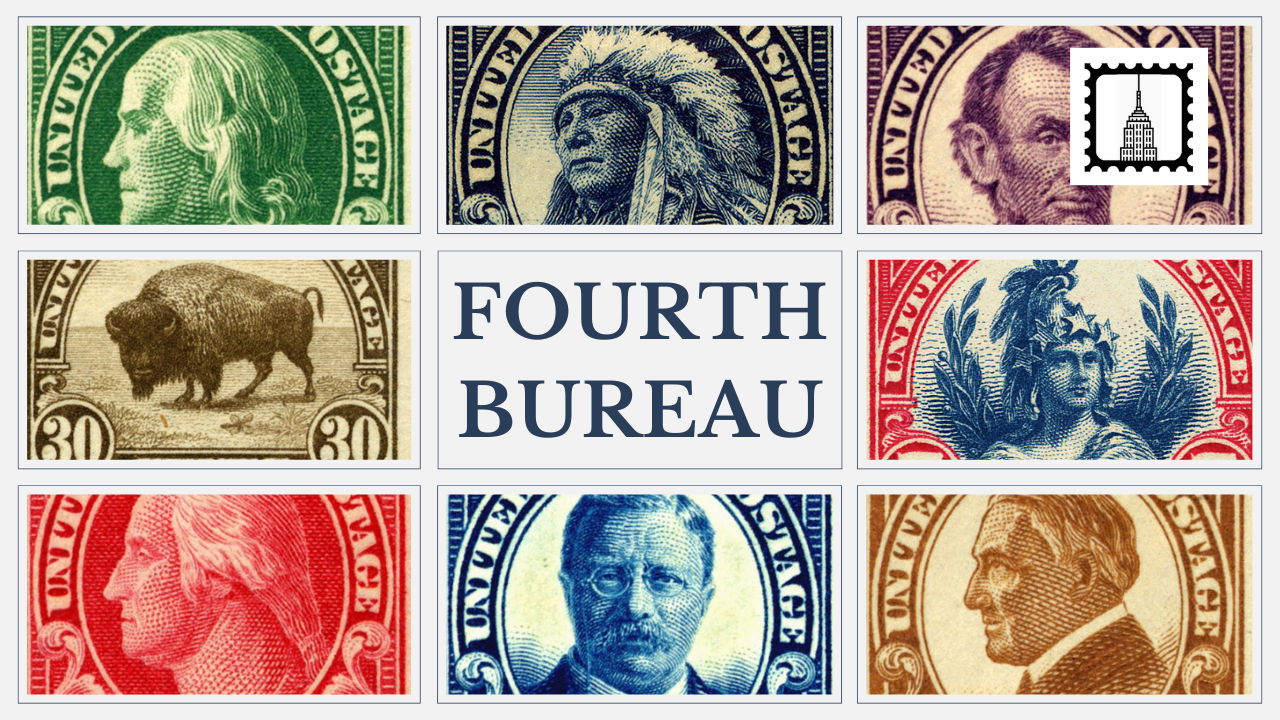Discovering Saseno: A Hidden Gem of Stamp Collecting
Saseno, a small island off the coast of Albania, might not be on the radar for most people, but its rich history and unique stamps make it a fascinating topic for collectors. In this blog post, we’ll dive deep into Saseno’s history, its strategic importance in the Ionian Sea, and the rare stamp set that Italy issued for this tiny island. Whether you’re a seasoned philatelist or just starting out, Saseno offers a unique opportunity to explore one of the smallest areas in stamp collecting.
The Location and Names of Saseno
Saseno, or Saseno Island, is the Italian name for this obscure place, which is known as Suzano in Greek and Sazan in Albanian. It’s located just off the coast of Albania, near the point where the Ionian Sea transitions into the Adriatic Sea. Saseno is often considered the northernmost of the Ionian Islands, a group known for their Mediterranean beauty and strategic significance.
A Brief History of Saseno
While Saseno is small, its history is rich, dating back to the late 19th and early 20th centuries. In 1864, the Ionian Islands were ceded to Greece by Great Britain, but Saseno wasn’t settled by the Greeks at that time. It wasn’t until the Balkan Wars in 1912 that Greek forces occupied a large portion of what is now southern Albania, including Saseno. However, Greek control over Saseno was short-lived. By 1914, they had to withdraw under international agreements, allowing Italy to occupy the island later that year.
Italy’s Control and the Saseno Stamp Set
In 1920, Saseno remained under Italian control following the Italian-Albanian settlement. During this time, Italy built a lighthouse, settled some fishermen on the island, and—most notably for collectors—issued a set of overprinted stamps for local use in 1923. These overprinted stamps are highly sought after due to their rarity and limited usage, making them a prized find in philatelic circles.
The stamps issued for Saseno bear a striking resemblance to those produced by Italy for Corfu, another island occupied briefly by Italy. The overprints on these stamps make them unique to Saseno, even though the designs are nearly identical. Collectors will notice the fine details that distinguish these stamps from their Corfu counterparts.
Saseno in World War II and Beyond
Saseno continued to be part of Italy until 1947, following the end of World War II. During the war, Italy had aligned with Germany, and after the war’s conclusion, Saseno was returned to Albania as part of Italy’s post-war settlements. Under Albania’s communist regime, Saseno became a military base, off-limits to civilians. At one point, American intelligence believed the Soviet Union might be using Saseno as a submarine base and a storage facility for hazardous materials.
Today, Saseno remains largely uninhabited, with no permanent residents. Its natural beauty and small size—just five square miles—make it a quiet tourist destination with scenic beaches. However, its history as a military site means it retains an aura of mystery.
The Rarity of Saseno’s Stamps
For collectors, Saseno’s stamps hold significant value not only due to their rarity but also because they represent one of the smallest regions ever to issue its own stamps. Many of these stamps were never used for postage and exist in unused condition today, as cancellations are incredibly rare. Their similarity to the Corfu stamps, paired with their unique overprint, makes them a special item in any collection.
Greece’s Role in World War I: A Bonus Insight
Beyond the stamps and the history of Saseno, there’s an added layer of intrigue with Greece’s complex role in World War I. Although Greece remained officially neutral for much of the war, internal divisions split the country. King Constantine I, who had pro-German sympathies due to his family ties to Kaiser Wilhelm, opposed joining the Allies. Meanwhile, Prime Minister Eleftherios Venizelos led a faction that supported the Allied cause.
This political divide led to a unique situation in 1916, where two separate Greek governments existed: one neutral and one pro-Allied. The Allies capitalized on this divide, landing forces in Thessalonica and starting a northern campaign that pushed through Greece into Serbia and Albania. Eventually, King Constantine abdicated, and Greece officially joined the Allied forces in 1917.
Conclusion: Why Collect Saseno Stamps?
Saseno’s stamps represent a truly unique chapter in philatelic history. From the island’s obscurity to its strategic military role and its brief period of Italian control, these stamps offer a fascinating glimpse into both the island’s history and the broader geopolitical landscape of the time. With only one set of stamps ever issued, collecting Saseno provides an opportunity to own a piece of history that’s both rare and captivating.






